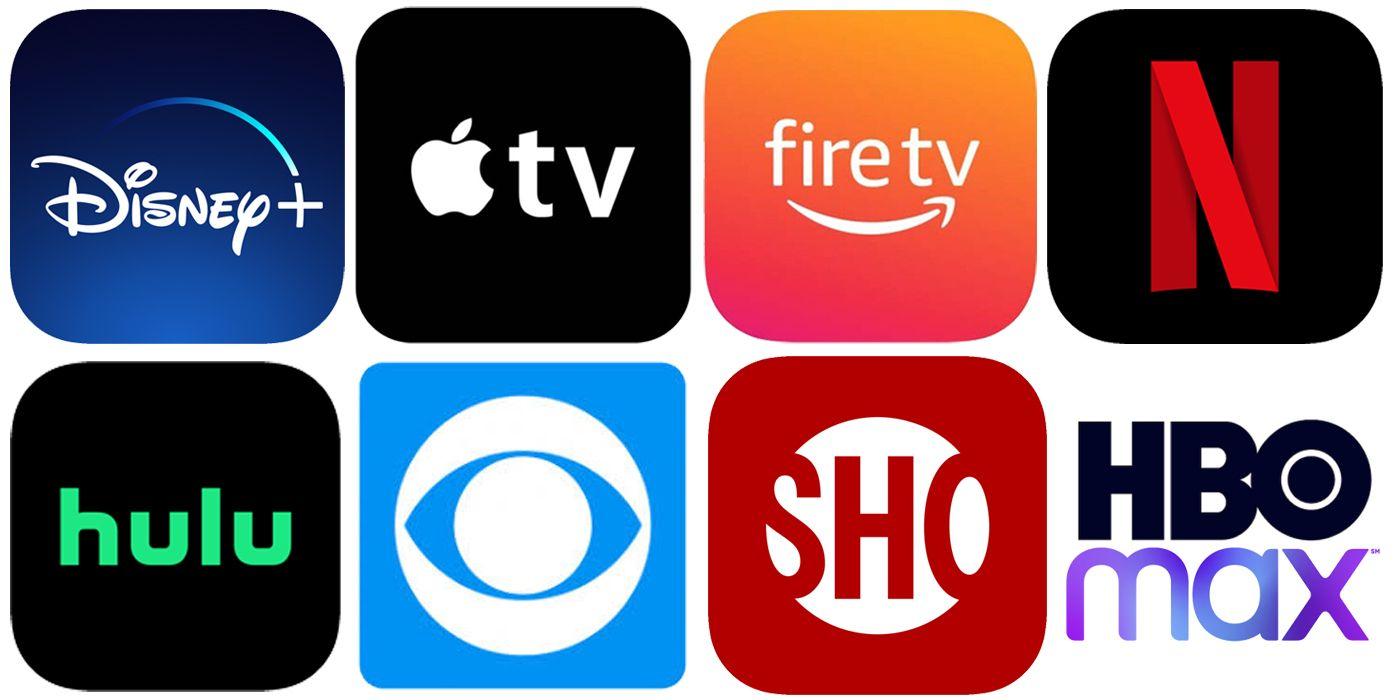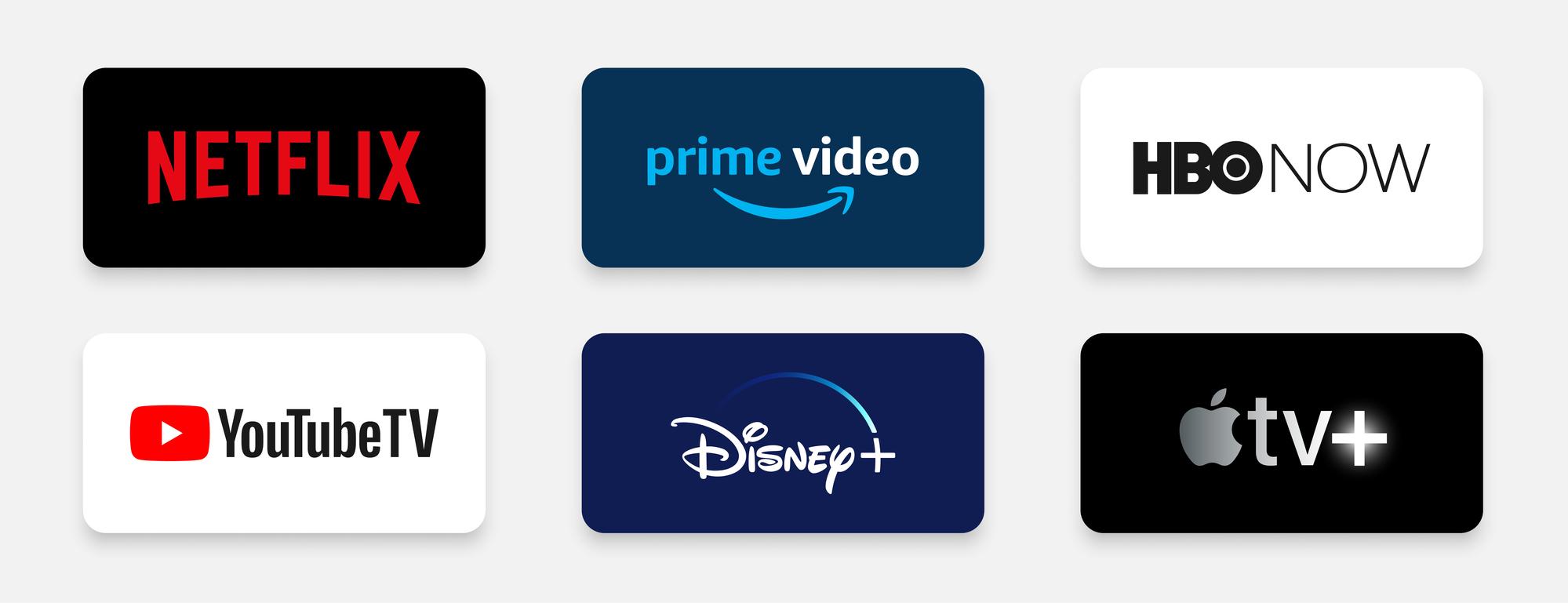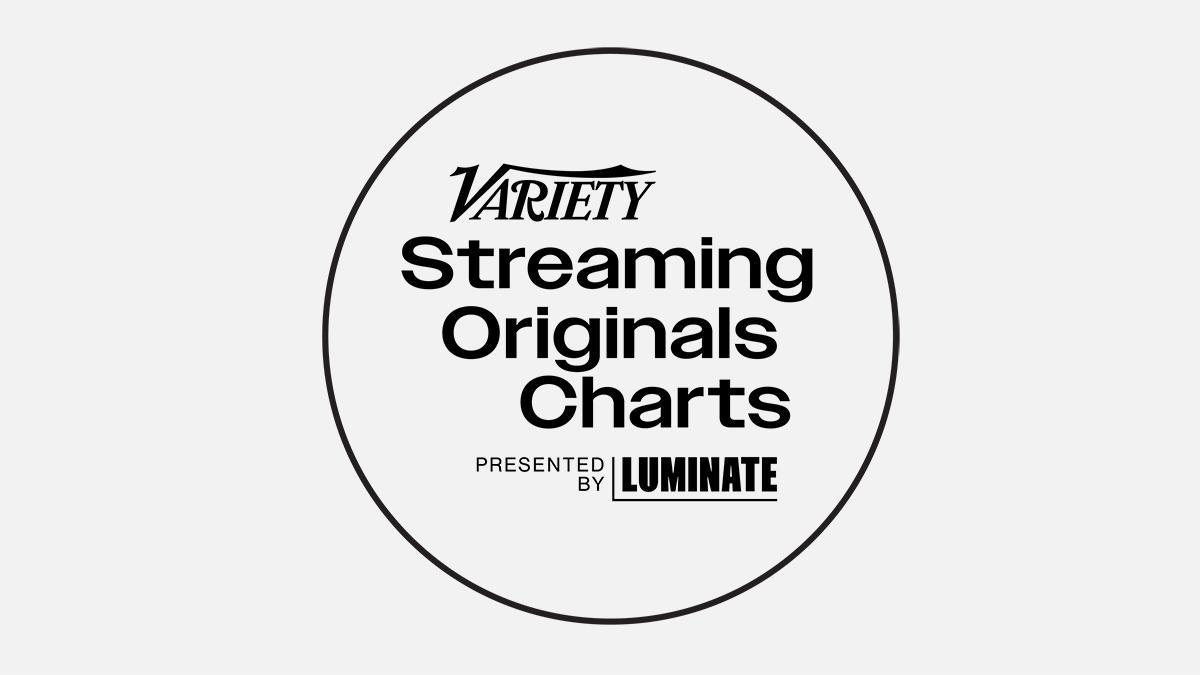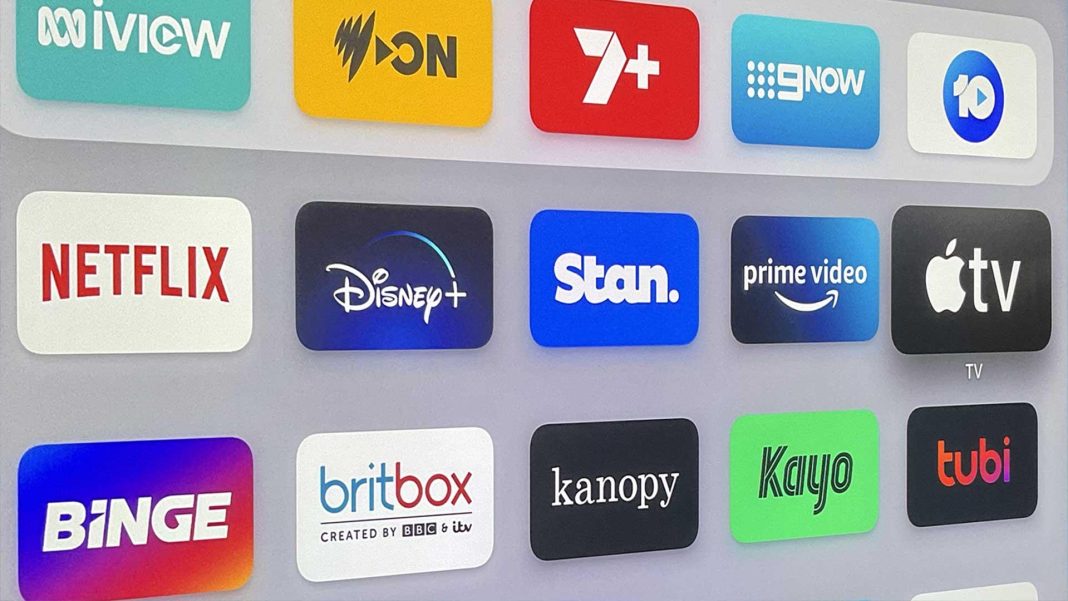In recent years, the landscape of entertainment has undergone a seismic shift with the proliferation of streaming services, each vying for consumer attention by expanding their catalog of original content. Platforms such as Netflix, Amazon Prime Video, Disney+, and a host of others have invested heavily in producing a diverse array of series, films, and documentaries. While this surge in original programming offers audiences unprecedented variety and choice, it also raises critical questions about the impact on content quality. Are streaming services prioritizing quantity over quality in their race to dominate the digital viewing space? This article delves into the dynamics of this burgeoning trend, examining the strategies employed by streaming giants, the pressures of maintaining subscriber growth, and the potential consequences for the creative industry and audiences alike. Through a balanced analysis, we aim to explore whether the current trajectory of streaming originals enhances or dilutes the overall quality of content available to viewers.
Evaluating the Impact of Streaming Services on Content Quality
In recent years, the proliferation of original content from streaming platforms has sparked debates about its impact on the overall quality of entertainment offerings. While streaming services like Netflix, Amazon Prime, and Disney+ have revolutionized the way audiences consume media, the sheer volume of original productions raises questions about whether quantity is compromising quality. Critics argue that the rush to create exclusive content can lead to hurried production schedules and a reliance on formulaic storytelling, potentially diminishing the artistic value of the offerings. Conversely, proponents suggest that the competition among these platforms fosters innovation and gives a voice to diverse creators who might otherwise be overlooked by traditional studios.
- Quality vs. Quantity: With the pressure to constantly release new content, some argue that streaming services might prioritize the number of releases over the depth and originality of storytelling.
- Creative Opportunities: Streaming platforms often provide opportunities for unique and experimental narratives, allowing creators to explore themes and genres that might be deemed too risky for conventional media.
- Diverse Representation: The global reach of these platforms encourages diverse storytelling, enabling stories from various cultures and perspectives to gain visibility.
Ultimately, the impact of streaming services on content quality is a multifaceted issue that hinges on balancing the commercial demands of the industry with the creative aspirations of its storytellers. While there are instances of both triumphs and failures in this domain, the ongoing evolution of the streaming landscape suggests a continual reassessment of what constitutes quality in entertainment.

Analyzing Viewer Perceptions and Preferences in the Era of Original Content
In the rapidly evolving landscape of streaming services, the sheer volume of original content is reshaping viewer perceptions and preferences. As platforms like Netflix, Amazon Prime, and Disney+ churn out an ever-increasing number of original series and films, audiences are faced with a paradox of choice. While the abundance of options can be enticing, it also raises questions about the quality and sustainability of these offerings. Are viewers truly satisfied with the plethora of content available, or are they yearning for more curated, high-quality productions?
Key considerations in understanding viewer perceptions include:
- Content Overload: The overwhelming number of originals can lead to decision fatigue, where viewers struggle to select what to watch, potentially reducing their overall satisfaction.
- Quality vs. Quantity: With an emphasis on producing more, the risk of compromised storytelling and production values becomes a concern, impacting viewer loyalty and engagement.
- Niche Appeal: While a broad range of genres caters to diverse tastes, it may also fragment audiences, making it challenging for any single piece of content to achieve widespread acclaim.
As streaming services continue to expand their libraries, understanding and addressing these viewer preferences and perceptions becomes crucial in maintaining a competitive edge in the crowded entertainment market.

Balancing Quantity and Quality: A Strategic Approach for Streaming Platforms
As streaming platforms continue to expand their libraries with an avalanche of original content, the challenge of maintaining a balance between quantity and quality becomes increasingly apparent. The strategy of flooding the market with a plethora of options may seem beneficial at first glance, as it attracts a diverse audience with varied tastes. However, it raises critical questions about the sustainability of content quality. Are these platforms sacrificing the depth and craftsmanship of storytelling for the sake of volume? To address this, streaming services must adopt a more strategic approach that emphasizes both the breadth of content and the depth of narrative.
- Curated Content: Prioritizing quality over sheer volume by carefully selecting projects that align with the platform’s brand and audience expectations.
- Investing in Talent: Focusing on recruiting and retaining top-tier writers, directors, and producers to ensure high-quality productions.
- Data-Driven Decisions: Utilizing advanced analytics to identify viewer preferences and trends, enabling platforms to tailor their offerings more effectively.
By implementing these strategies, streaming platforms can not only enhance viewer satisfaction but also solidify their position in an increasingly competitive market. Balancing quantity with quality ensures that each piece of content resonates with audiences, fostering loyalty and engagement over time.

Recommendations for Maintaining High Standards in Streaming Originals
To ensure that streaming platforms maintain a consistent level of quality in their original content, several strategies can be employed. Firstly, prioritizing a diverse range of voices and perspectives is essential. This can be achieved by actively seeking out creators from various backgrounds and ensuring they have the creative freedom to tell authentic stories. Additionally, streaming services should focus on curating a balanced slate of projects that cater to different tastes, rather than overwhelming viewers with sheer volume. This approach not only maintains quality but also fosters a loyal audience.
- Investment in talent development: Nurturing emerging writers, directors, and producers through workshops and mentorship programs can lead to innovative storytelling.
- Rigorous quality control: Establishing stringent quality benchmarks and regular review processes ensures that content aligns with the platform’s standards.
- Audience feedback loops: Utilizing viewer feedback and analytics to inform content strategy helps in understanding what resonates and adjusting future projects accordingly.
By implementing these measures, streaming services can effectively balance quantity with quality, ensuring their originals remain compelling and competitive in an ever-evolving market.







































